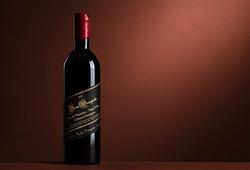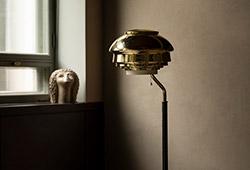A Japanese rock sculpture, 20th Century. Signed at the base.
In the shape of a mountain ridge. Length 10 cm. Height with wooden stand 7 cm. Wooden box accompanies the piece, measurment 13x9x9 cm.
Natural inclusions and featherings to the stone.
Provenance
From a the Collection of a Scandinavian business man with a great interest in Asian and European cearmics and Scholars Art.
Literature
The Chinese practice of decorating gardens with rocks was in place by the Han dynasty (206 B.C.–A.D. 220). The specific tradition of the scholar’s rock has been traced back to the Song dynasty (960–1279), and it continued through the Yuan (1279–1368), Ming (1368-1644), and Qing (1644–1911) periods. We often see them in paintings and on porcelain. The Qing period Scholar’s rock on stand, a craggy piece of limestone mounted to a carved wooden base, rewards our contemplation, too. Interesting examples of the scholarly collecting impulse, scholars’ rocks were “favored stones that the Chinese literati and their followers displayed and appreciated indoors, in the rarefied atmosphere of their studios.























































